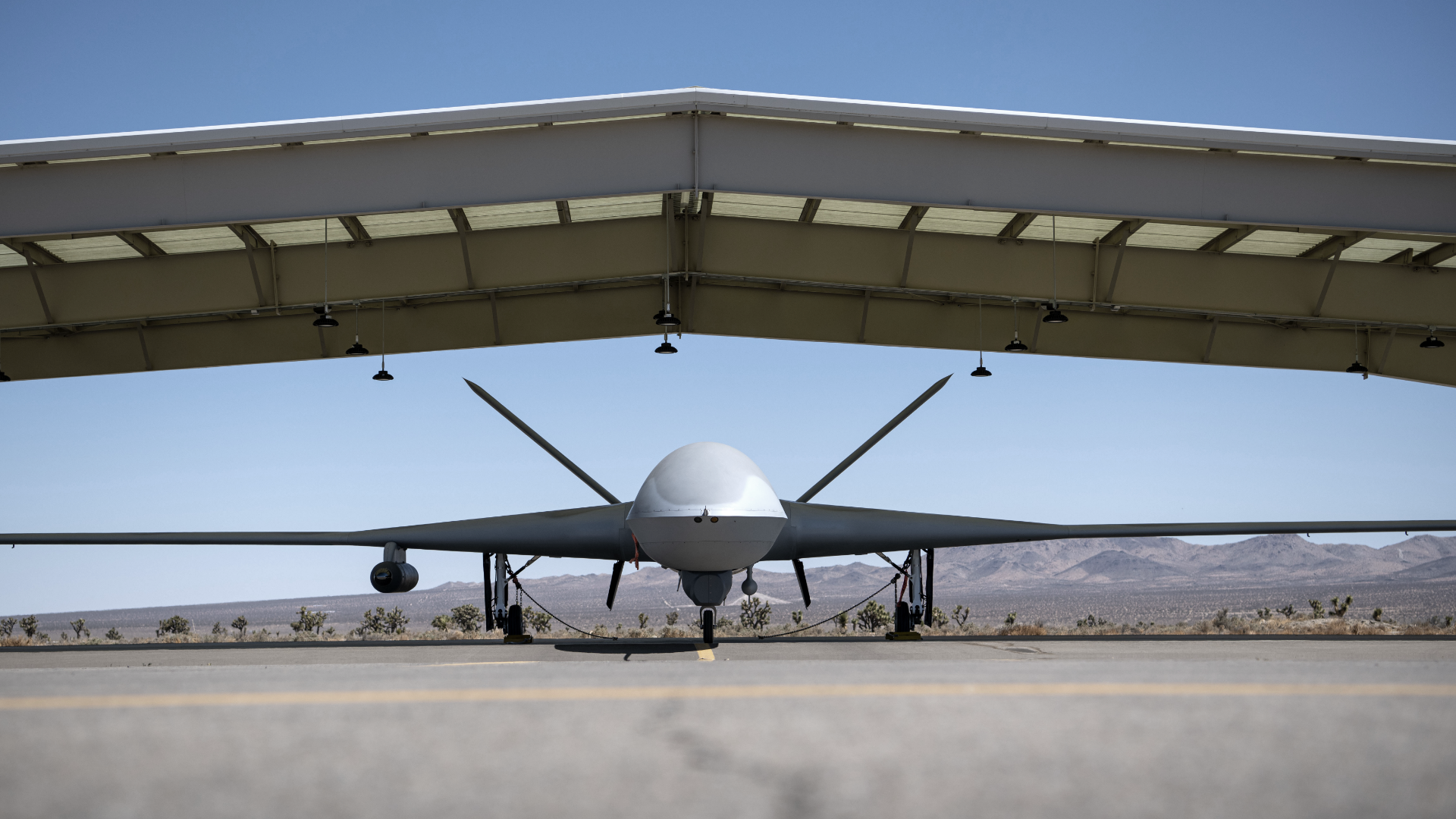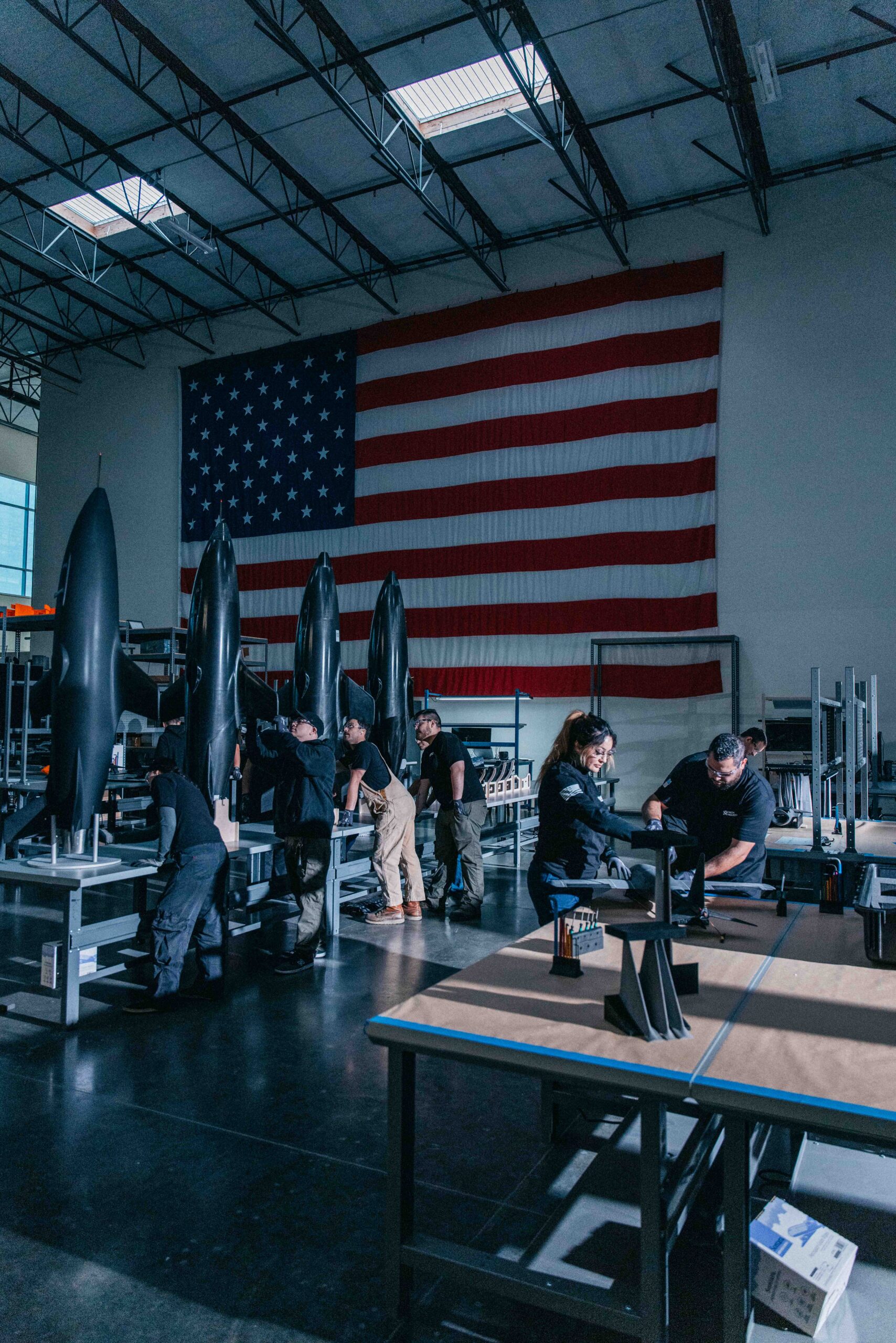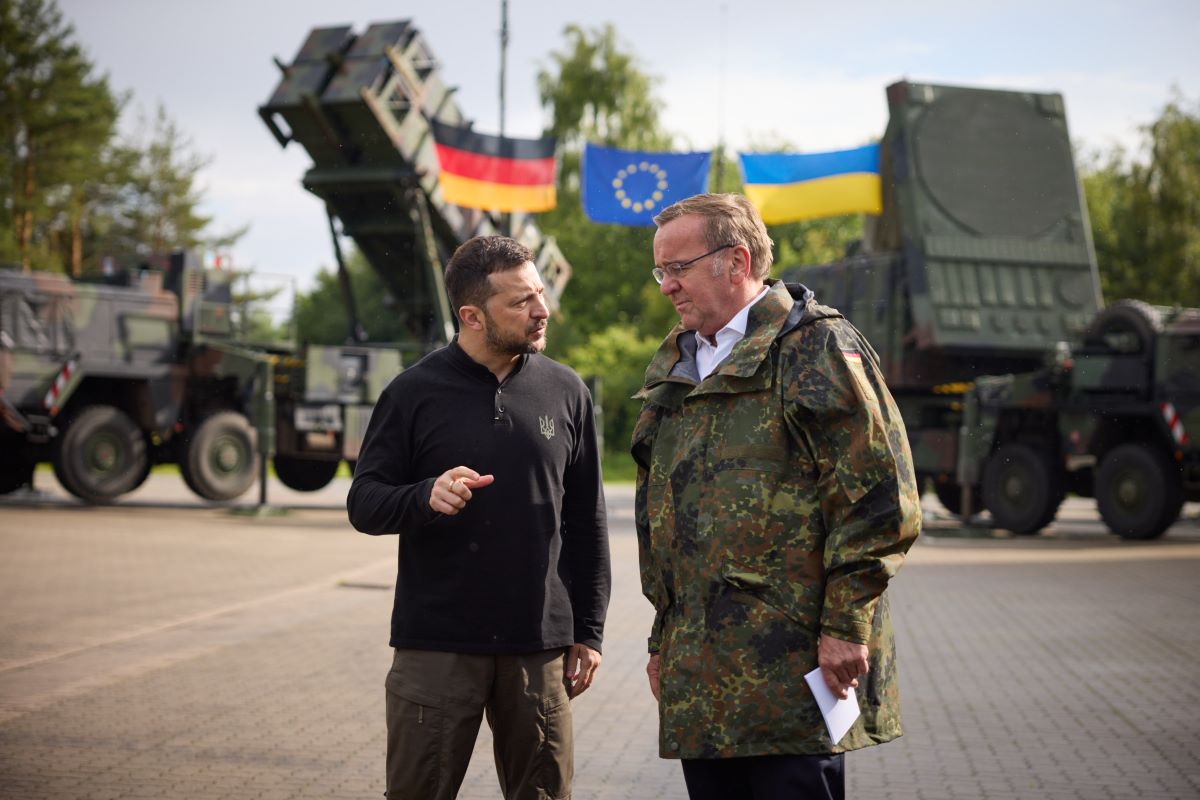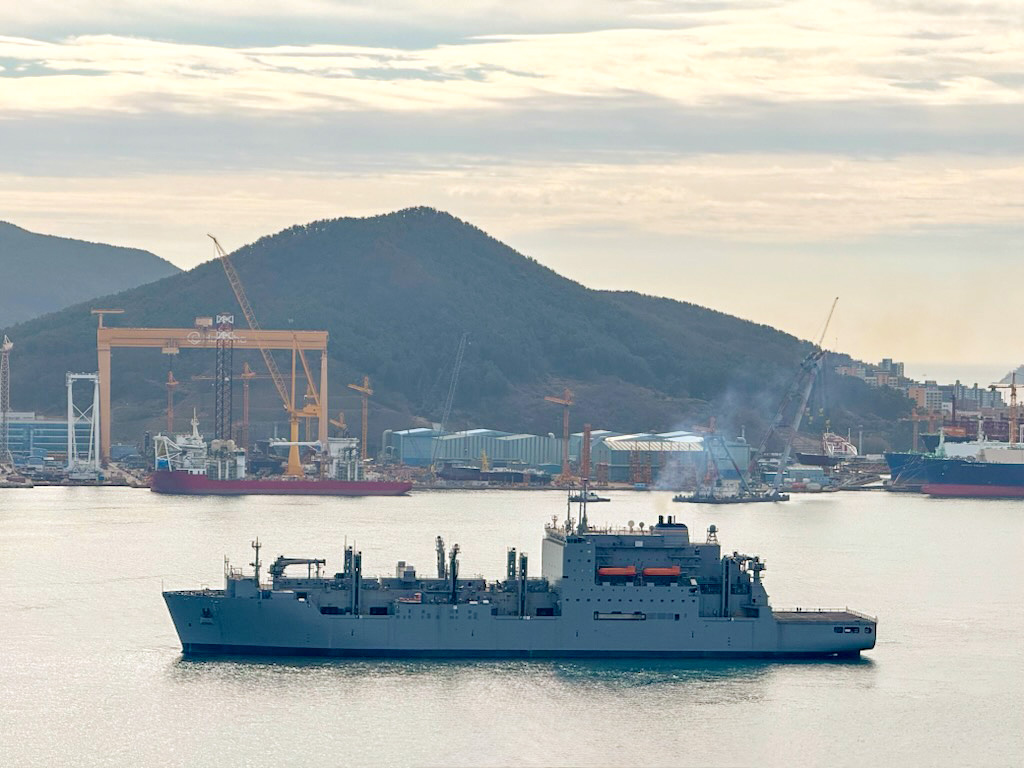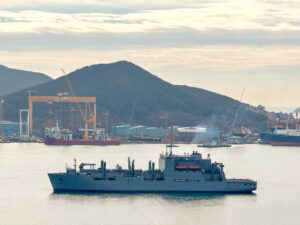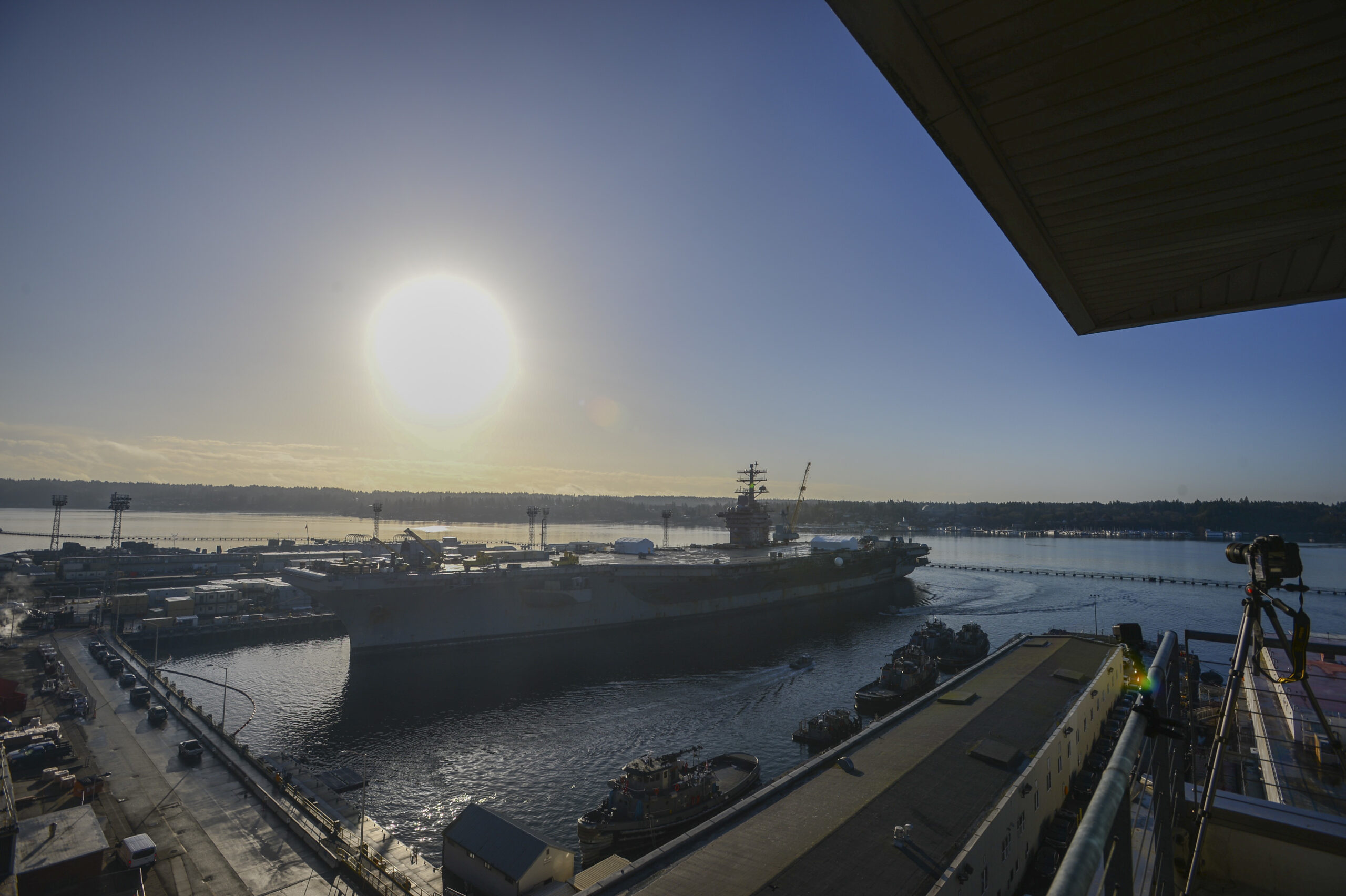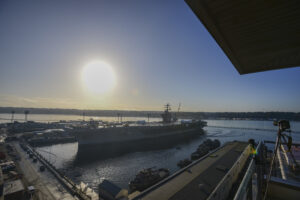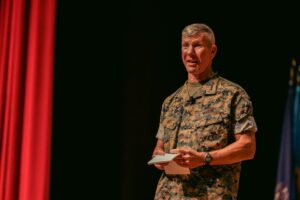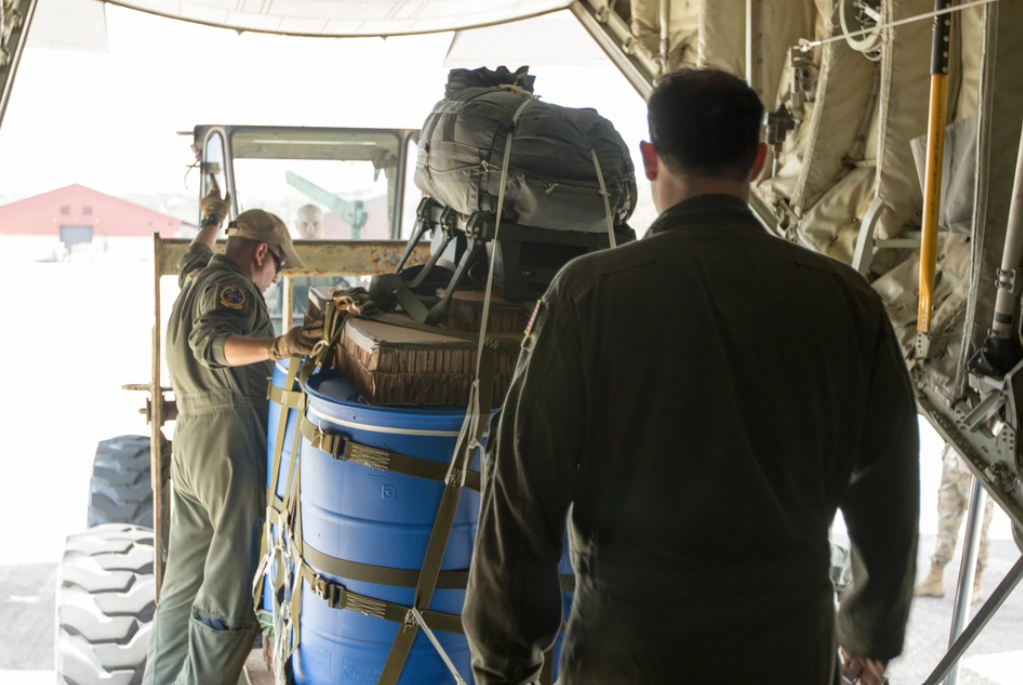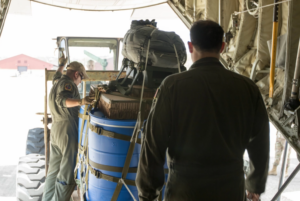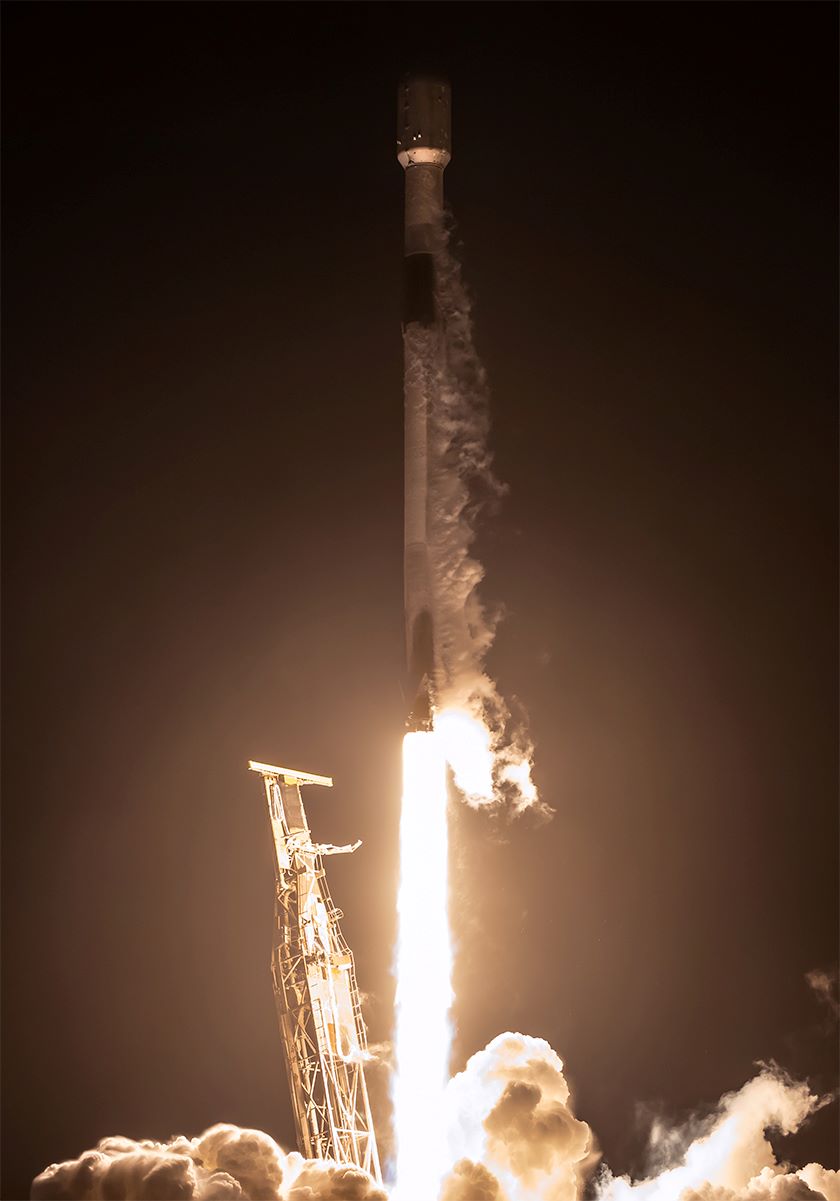In this monthly column, Defense Daily highlights individuals from across the government, industry and academia whose efforts contribute daily to national defense, from the program managers to the human resource leaders, to the engineers and logistics officers.
Chris Wilson is the Federal Alliance Director at Qlik, serving in the role since October 2022. Wilson has over 26 years of experience in operations, requirements, and project management to support the Special Operations community, Defense Threat Reduction Agency, U.S. Strategic Command, and Missile Defense Agency via agile operational execution and acquisition support.
How did you get involved in the defense industry or community?
Growing up, I had always dreamed of serving in the U.S. Army. When I finally turned 17, I jumped at my first chance to join the military. I dropped out of high school, and I earned my GED allowing me to join the National Guard. After 6 months and enough college credits I was able to go full time active-duty Army and continue my education earning a BS in Environmental Policy and MS in Industrial Engineering Management. I spent the first 8 years of my career in the military, serving in the Army Chemical Corps. While serving, I was privileged enough to be selected to help set up a unit in the national capital region responsible for emergency response to Weapons of Mass Destruction incidents. From responding to the anthrax letters to participating in presidential inaugurations, this position took my national security career to the next level. At around the 8-year mark, I prioritized my then-growing family’s needs and transitioned into the defense contractor and government civilian world. I held various positions at United States Strategic Command, Marine Corps Combat Development Command, Defense Threat Reduction Agency, and Missile Defense Agency before joining the Qlik team. My experience in the defense sector has paved the way for my success in the contracting world, providing me with first-hand experience of customers’ wants and needs.
What are some challenges you faced working through your career?

One of the most significant challenges I recognized early on in my career – and still see today – is that the Department of Defense (DoD), at its core, has the same functions that any commercial or private business does. I don’t think many people realize that the DoD is the world’s largest and most complex business system. Initially, grasping the complexities of the DoD was quite challenging due to its profoundly intricate nature. I often thought I had a comprehensive view of a situation, only to realize that I was seeing just a narrow aspect. However, shifting one’s approach and viewing the DoD through a complex business lens has allowed me to better navigate its complexities – and capitalize on its opportunities.
Did you feel like you always had sufficient mentors and leaders to help guide you? Why/why not?
While a few significant mentors stand out as I look back on my career, one person immediately jumps to mind – one of my early leaders in Germany. I will never forget how fiercely he protected his team. He made it a point to never question or argue with his team in public, doing everything he could to protect us openly. Now, that doesn’t mean we got off scot-free; on the contrary, he ensured all issues were addressed. However, he did it in a forum where we could learn from our mistakes and those of our peers.
Another individual who stands out was Sergeant First Class Prendergast. Whenever someone commented that something was good or bad, he would reply, “Maybe, we’ll see,” reflecting his open-mindedness and patience. He believed that sometimes, exercising patients to gain better situational understanding was better than acting hastily. He ingrained in me that we should not overly judge someone else’s decisions or actions because we may not have the entire picture. Lessons like these have been guideposts throughout my career and my personal life.
How do you work to be a mentor yourself to younger counterparts?
I’m passionate about getting out into the community and giving back whenever possible. I’m part of a few different non-profit organizations (like Whitefish Veteran Support Team, DREAM, and others) that support veterans, either young in the ranks, transitioning into civilian life, or coping with a significant challenge such as PTSD or other traumatic experiences. I work with these folks not only to convey useful skills they can implement into their careers but also to instill in them how appreciated their service is in the greater context of the defense community.
What does it mean to be successful in your career field?
On a personal level, success has to be definable, measurable, and repeatable….being better than yesterday. In a greater sense, for the DoD, success to me would be mitigating the risk of rapidly changing technology, while also maximizing its effectiveness and utility to the DoD.
What are some of the under-appreciated positions in the defense field, the unsung heroes or essential cogs in the machine that help the job get done with less recognition?
I would say the most affected yet under-appreciated individuals are the family members—the spouses, the children, etc. While they don’t sign up for service, they are still profoundly impacted and bear a heavy burden. Military families face unfathomable challenges, from the emotional toll of uncertainty and loneliness, to the temporary loss of a prominent family member in their daily lives, up to the ultimate sacrifices with the loss of a loved one. While active-duty service members are often celebrated for their sacrifices, it is crucial to remember that their families also make significant sacrifices.
How has the culture changed around diversity within your career?
The defense industry often mirrors the rest of society, though this reflection can lag—sometimes by a few years, sometimes by a decade. It is certainly a reflection of society because the industry comprises its members. During my career, there have been many advancements in recognizing and implementing diversity, not just diversity in background but also in thought.
What is your advice for new entrants to the defense/military community?
Read tenaciously. Read like it’s your passion, even if it’s not. The more you can read, the better prepared you will be. Now, this obviously doesn’t replace experience, but I discovered later in my career that I would have been better off if I had read more, sooner.
I’m also a major proponent of building your network, keeping it alive, and expanding it. I advise many younger professionals not to wait for the opportunity to present itself to you, but rather proactively go after those opportunities – even if it scares you.
What do you see as the future of your sector in national defense?
No one knows, and that’s the exciting part: we truly have no clue what tomorrow brings. We can try to influence it and direct things in a particular manner. Still, technological advances are accelerating so rapidly that anyone’s guess is as good as the next. What I do know for certain is that we are entering a fascinating era in the defense industry
Who are the Force Multipliers in your community? Let us know at [email protected].
